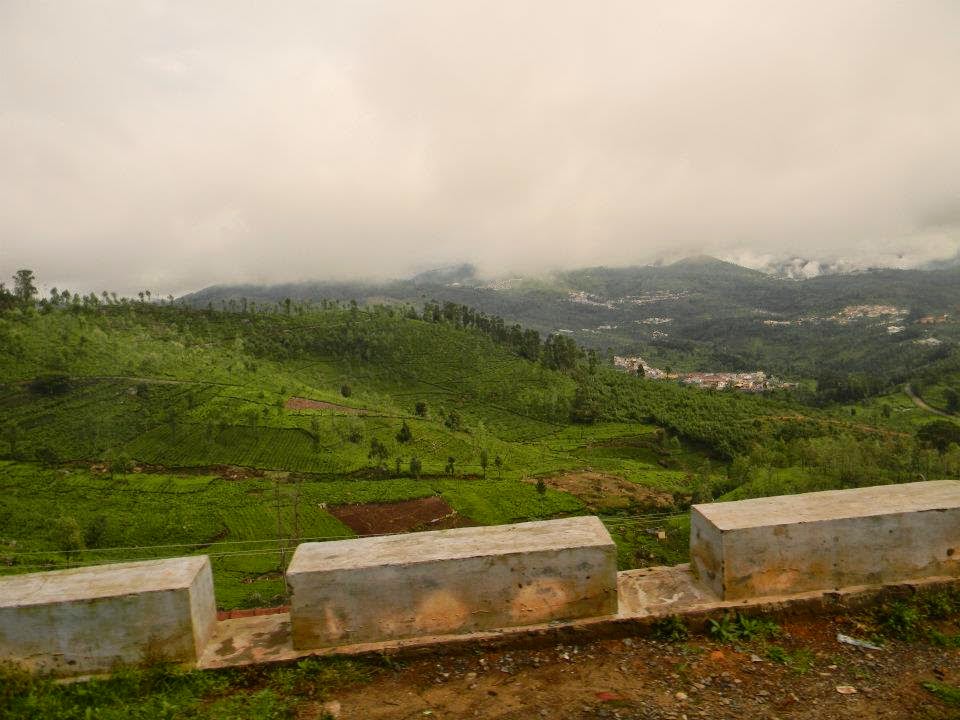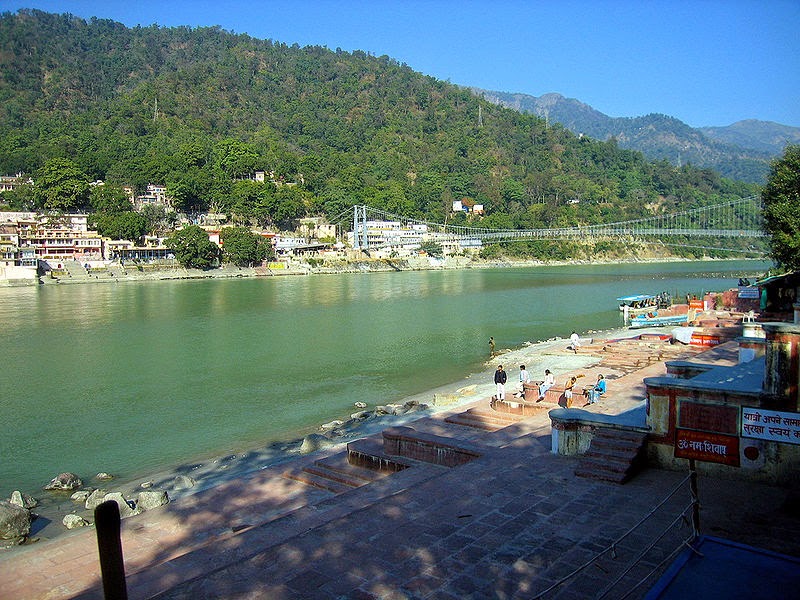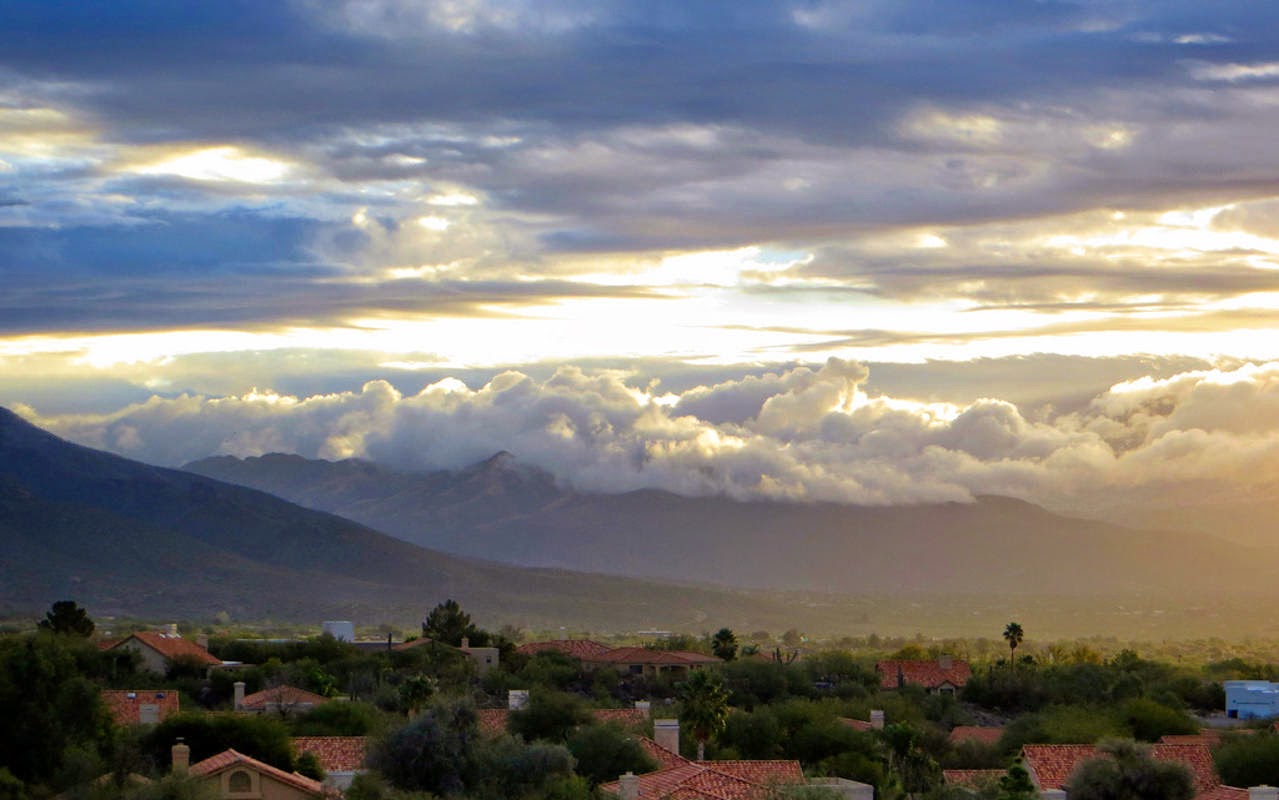ISAVASYA UPANISHAD : - Mantram - 5.

ISAVASYA UPANISHAD : or VAJASANEYI SAMHITA UPANISHAD Mantram : 5. Tadejati tannaijati tad dure tadvantike tadan-tarasya sarvasya tadu sarva-syasya bahyatah. tat = if; ejati = moves; tat = if; na = not; ejati = moves; tat = if; dure = far; tat = if; u = verily; antike = near; tat = if; antah = inside; asya = of this; sarvasya = of all; asya = this; bahyatah = outside. "The Atma 'moves' and It 'moves not'; It is 'far' and It is 'near'; It is 'inside' ( within) all this, and It is also 'outside' all this." Discussion-1. The idea of the last mantram-(4) is repeated here to make it more elaborately clear. As I said earlier, the attempt of the Master is only to make his students understand the vital fact that the Supreme Consciousness is 'all-pervading.'















